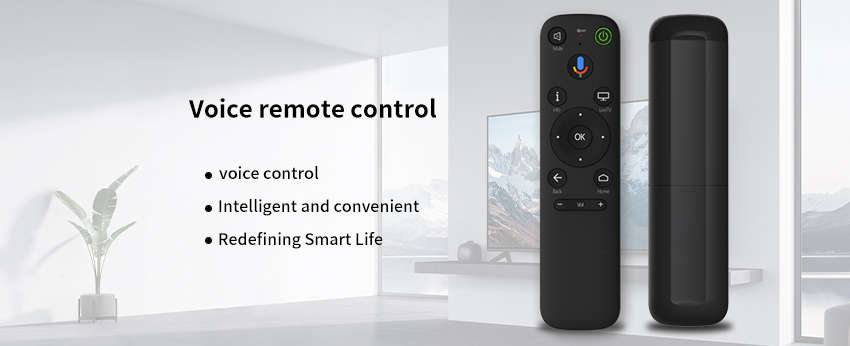In recent years, voice-enabled technology has become increasingly popular, with devices such as Amazon’s Alexa and Google Assistant becoming household names. One area where this technology has made a significant impact is in the world of smart TV remotes.
Traditional remote controls have long been the go-to method for operating televisions, but they can be cumbersome and difficult to use, especially for those with mobility issues or visual impairments. Voice-enabled remotes, on the other hand, offer a more intuitive and accessible way to control your TV.
With a voice-enabled smart TV remote, users can simply speak their commands, such as “turn on the TV” or “switch to channel 5,” and the remote will execute the command. This eliminates the need to navigate menus or press multiple buttons, making it easier for everyone to use.
In addition to basic commands, voice-enabled remotes can also perform more complex tasks, such as searching for specific shows or movies, setting reminders, and even controlling other smart home devices. This level of integration makes it possible to create a truly seamless smart home experience.
One of the key benefits of voice-enabled smart TV remotes is their accessibility. For those with mobility issues or visual impairments, using a traditional remote can be challenging. With a voice-enabled remote, however, anyone can easily control their TV without the need for physical buttons or menus.
Another benefit is convenience. With a voice-enabled remote, you can control your TV from across the room or even from another room in the house. This eliminates the need to search for a lost remote or struggle with uncomfortable positions while trying to operate the TV.
Overall, voice-enabled smart TV remotes represent a significant step forward in the world of home entertainment. They offer a more intuitive and accessible way to control your TV, while also providing a range of convenient features that make it easier to enjoy your favorite shows and movies. As voice-enabled technology continues to evolve, it’s likely that we’ll see even more innovative uses for this technology in the future.
Post time: Oct-06-2023






